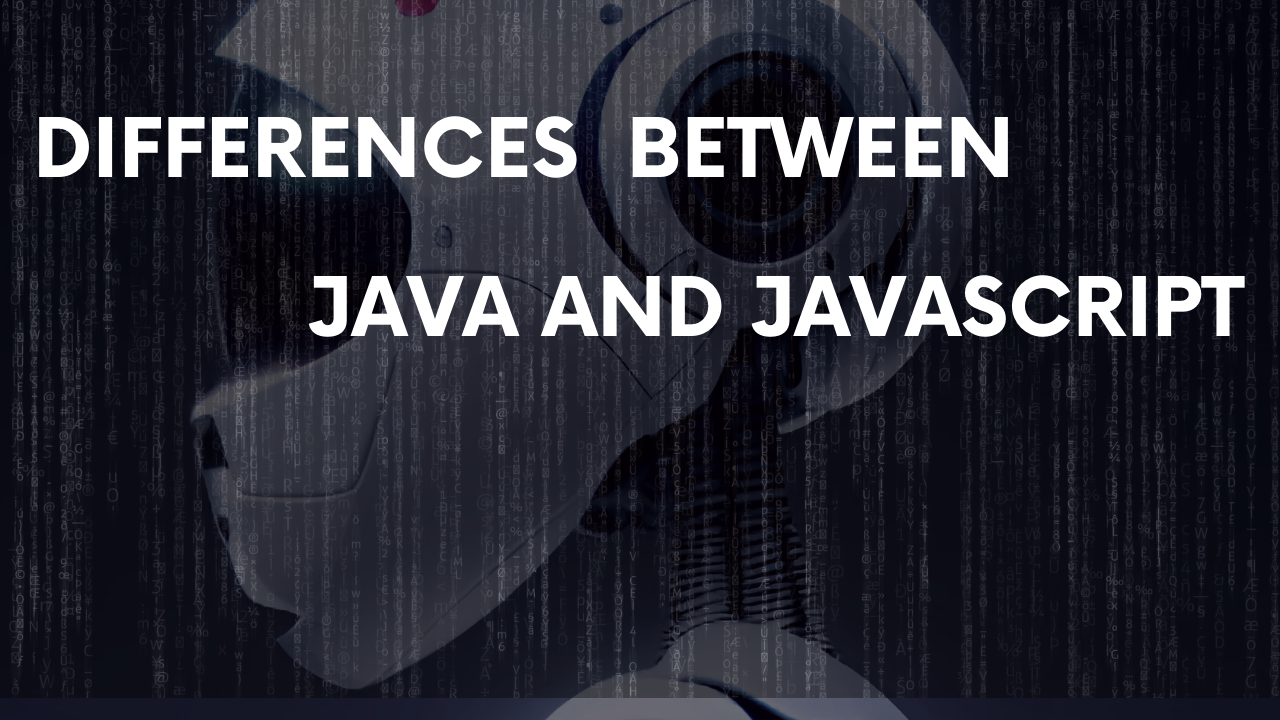
Java and JavaScript sound similar, and that’s where most of their similarities end. Each plays a significant role in the digital world, powering everything from dynamic web applications to robust server-side solutions. This post aims to clarify these differences in an easy-to-understand manner, sprinkled with example codes to make the concepts stick. Let’s dive in!
Origins and Primary Uses
Java:
Developed by Sun Microsystems in 1995 (now owned by Oracle), Java was designed as a portable, platform-independent language that could run on any device with the Java Virtual Machine (JVM). Its philosophy, “Write Once, Run Anywhere,” captures its primary appeal: cross-platform compatibility.
Primary Uses:
- Android apps
- Enterprise-level back-end systems
- Big data technologies
- Desktop applications
JavaScript:
JavaScript, created by Netscape in 1995, was initially developed to make web pages interactive. Unlike Java, which is a standalone programming language, JavaScript is primarily a scripting language for web browsers. It can manipulate HTML and CSS, making it indispensable for web development.
Primary Uses:
- Interactive websites
- Web applications
- Server-side applications (via Node.js)
- Game development
Key Syntactical Differences
To highlight how Java and JavaScript differ in syntax, let’s look at a simple example of a program that prints “Hello, world!” in both languages.
Java:
public class HelloWorld {
public static void main(String[] args) {
System.out.println("Hello, World!");
}
}JavaScript:
console.log("Hello, World!");From these examples, several differences are clear:
- Java is more verbose and requires a class and method declaration to run even the simplest program.
- JavaScript is more straightforward, needing only a single line to print to the console.
Runtime Environments
Java:
Java code runs on the JVM, which translates the compiled Java bytecode into machine language for the running system. This layer adds a bit of overhead but ensures Java can run on any device equipped with a JVM.
JavaScript:
JavaScript was originally designed to run only in web browsers, which provide a built-in JavaScript engine (e.g., V8 in Chrome, SpiderMonkey in Firefox). However, with the advent of Node.js, JavaScript can also run on the server.
Java Overloading vs Overriding has to know
Real-World Applications
Java:
- Android Development: Most Android apps are built using Java because of its secure, robust, and maintainable capabilities.
- Enterprise Applications: Many banks and large companies use Java to handle their back-end operations.
JavaScript:
- Web Development: Virtually all dynamic websites use JavaScript to add interactivity, such as handling form submissions or loading new content without refreshing the page.
- Real-Time Communication: Technologies like WebSockets and frameworks like Socket.io use JavaScript to enable real-time communication for chat apps and live notifications.
Important Java buzz words and their meanings
Conclusion
Both Java and JavaScript are powerful in their rights but are suited for different types of tasks. Java is robust, secure, and portable, making it ideal for large-scale applications across multiple platforms. On the other hand, JavaScript’s flexibility and full-stack capabilities make it perfect for quick, interactive web applications that can run anywhere there’s a browser.

